The United States-Mexico border is a very controversial topic in American politics, yet many average citizens are left in the dark about what exactly is happening there, partially due to a lack of information. This year, La Salle once again had the opportunity to send a group, which consisted of nine students and two faculty members, to learn about the border crisis first-hand.
“I thought that the way it was set up, where you actually went to the border and met and talked with people who were in the immigration system, and struggling with the immigration system, and lived in the immigration systems, was an invaluable perspective on a very complicated and complex issue,” senior Stella Gibbons said.
El Otro Lado is a week-long immersion trip, with the students leaving for El Paso, Texas, on Feb. 24 and returning to Portland on March 1.
However, preparations for the trip began weeks before their departure. The students had a number of meetings prior to their trip in order to gain some background knowledge. This preparation was necessary according to former Director of Service and current Director of Faith Programs, Campus Ministry, and religious studies teacher Ms. Sarah Maher, because “there’s so much to fit into your minds that you will learn, so to have some backstory [helps] to put pieces together,” she said.
Getting background information during the meetings provided historical and cultural context for things students might see on the trip, and allowed them to mentally prepare for some of the struggles they would potentially see.
“The content of an [El Otro Lado] immersion is never pretty,” Director of Service Ms. Olivya Conner said. “I think if you talk to some of the students, they’ll tell you about all the beauty that they saw in the cathedrals, in the people, going to Mass; it is truly a transformative time, but the reality is that the situation at our southern border is not good, our policies and the people that are in charge of dealing with immigrants aren’t always the best.”
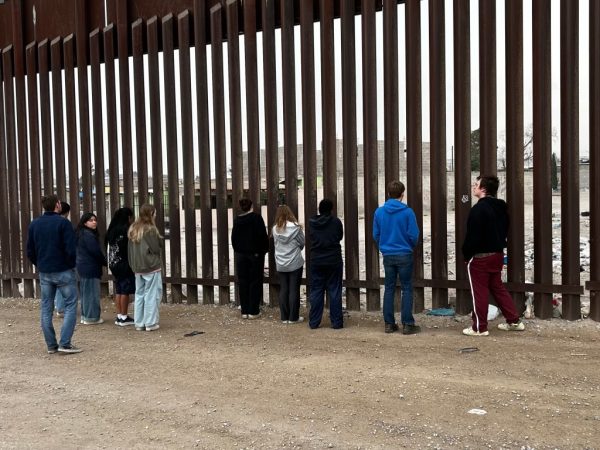
While in Texas, the students and staff stayed on the campus of a Lasallian school called Cathedral High School in a building called ‘Encuentro House.’
Students from Cathedral High School also accompanied the immersion group as they participated in several activities. “[The students] were all really friendly and prepared to host us,” senior Milo Zaron said. “So it was nice, and then we [traveled] with the same students for the whole trip to get to know them.”
While the group stayed in Texas for the majority of their time, on Monday, Feb. 26 they crossed the border into the town of Juarez, Mexico, and had time to explore the port of entry in the wall, including walking around the connecting bridge. Seeing the border wall stirred up many different emotions for the students.
“One of the most surprising parts is that … looking at El Paso from above it’s really hard to tell where El Paso ends and Mexico starts, and the border isn’t actually very visible unless you’re near it,” Gibbons said. “It sort of just blends into the town … it’s really just like one community.”
Not only did they cross the border, but later in the trip, on Wednesday, they drove to a place where they could walk straight up to the wall. “We didn’t see this, but people can very easily climb over it and they do, kids will climb over it for fun during the day and then climb back and it’s really not that hard,” Gibbons said. “And there are also gaps in the wall at specific places where people literally get picked up by border patrol.”
While Gibbons didn’t view the design of the wall as a very protective structure, other students came off with different impressions.
“It was just big, prominent; it felt it was there for the utility of having a wall, but also to serve the purpose of sending a message,” Zaron said.
Seeing the wall and crossing the border is a huge part of this immersion, but some of the other components that make this an “educational immersion trip,” according to Ms. Conner, is hearing different talks and learning about the context that has led to the current situation.
These talks covered a variety of subjects, including a presentation on Borderland Identity, a talk from ICE (Immigration and Customs Enforcement), a presentation on La Mujer Obrera, and a presentation by the Border Network for Human Rights.
They also heard a presentation on Microhistory, Murals, and Eugenics by David Romo, which resonated strongly with many of the students. For Gibbons it was especially memorable, since Romo was one of the people who helped illustrate that the systems used against Mexican Americans at the border, starting in the 1920s, were similar to ones used in Nazi concentration camps in Germany and that the immigration techniques influenced Nazi thinking. “He had so many images and documents and just hard facts to prove this really crazy connection about how the U.S sort of did it first, before Nazi Germany,” Gibbons said.
“I think there are so many different pieces and complexity in terms of migration, that if you only talk to one person, you would have an incomplete story and you wouldn’t really know anymore,” said Ms. Conner. “It would probably raise more questions than answers.”
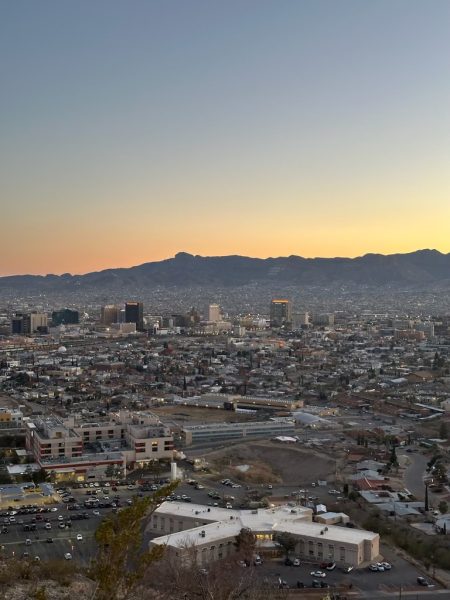
The immersion group also helped serve food at Holy Family Shelter and was able to meet and spend time with different families who were all immigrants who crossed the border.
The families at the shelter did not speak English, and even though the accompanying students from Cathedral were fluent in both Spanish and English and Zamora-Resendiz spoke Spanish fluently, for the non-fluent speakers it provided a challenge. “It was really hard not speaking Spanish,” Gibbons said. “It was a very stark reminder of how hard the language barrier is and if it’s hard for me to communicate with them in Spanish, how hard it must be for them to navigate not only an English country, but an English legal system.”
However, despite this barrier, the students were still able to enjoy their time playing a multitude of games including basketball, Twister, and Sorry with the children. “It was nice to [be] hanging out with them and having fun with them, not trying to be too serious,” Zaron said. “Just treating them as normal people.”
Not only did the students enjoy going to the shelter, but it also caused some of their mindsets to change. “Kids don’t discriminate, so they just talked to whoever,” Zamora-Resendiz said. “So that was really impactful for me to see just how easy it is for us to be a part of their community, but [how] hard it is for them to be a part of ours.”
Interacting with the immigrants at the shelter provided human connections with the families staying there, and immigration court showed just how “inhumane” some aspects of the legal system can be towards immigrants.
The students were able to attend immigration court, where they sat in on a plea trial for three men who were all pleading guilty on charges relating to entering the country.
Having three people plead at the same time is not out of the ordinary. “It seemed like a lot if you didn’t know what was going on, but there were a lot of cases where like 20 people all would have their proceedings at the same time,” Zaron said.
None of the men spoke English and required a translator, which stood out to Zaron due to how efficient the translators were; there didn’t appear to be any pauses or delays.
Witnessing the trial also stood out to Zamora-Resendiz, because “it really put things into perspective … especially just how inhumane the jail’s system is and the border system in general,” she said.
After the trial, they were able to have a Q&A with the judge, and one main concept they learned about was how the translators worked. Due to climate change and rising sea levels, there has been an increase of immigrants from rural indigenous farming communities, since they aren’t able to sustain themselves with agriculture anymore. These immigrants come from communities so remote that they don’t speak Spanish, only their native tongue, and this provided many complications at first. Now, the court systems have a system in which they contact a professor of language studies at a university in order to be able to provide a translator.
This immersion proved to be an invaluable experience for many members of the group and allowed them to gain a new perspective and experience the border crisis through observing others’ lived experiences.
“I think it’s such a complex and convoluted issue and no amount of social media scrolling or article reading is really going to be able to give you the same depth of understanding as actually going and seeing and meeting people who are going through the system,” Gibbons said.



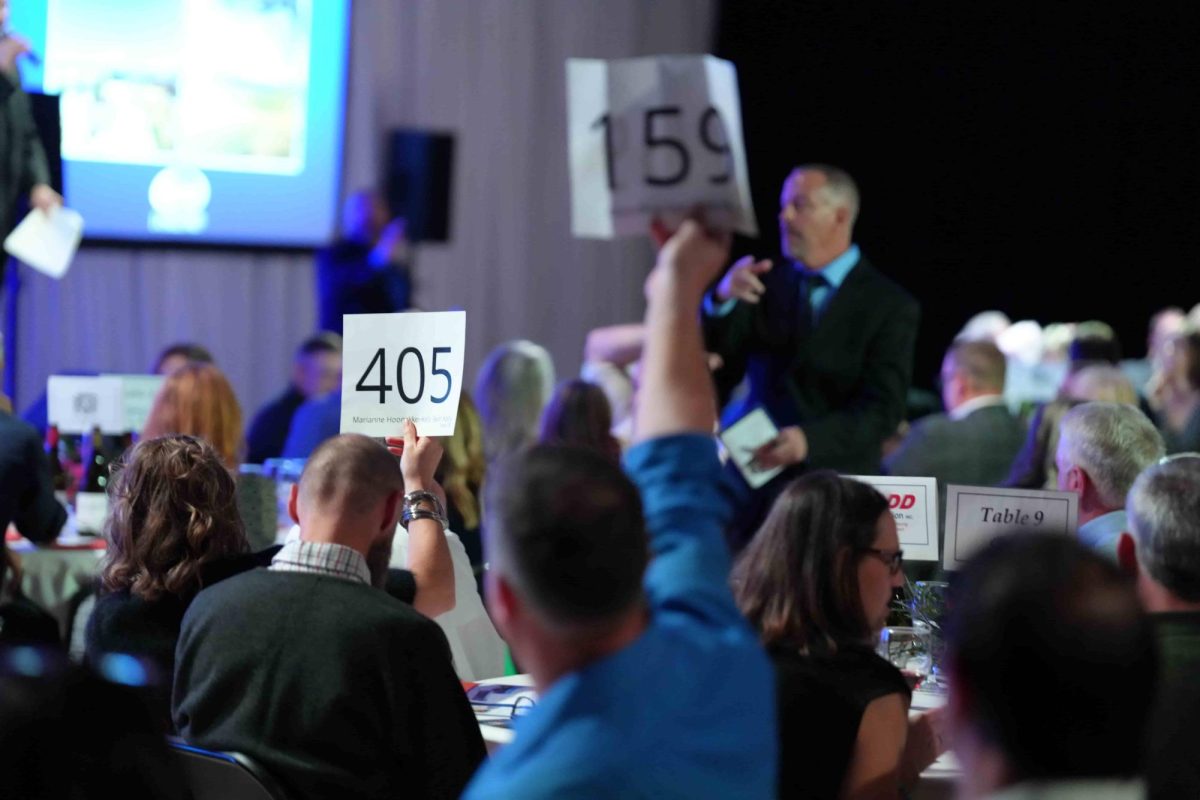
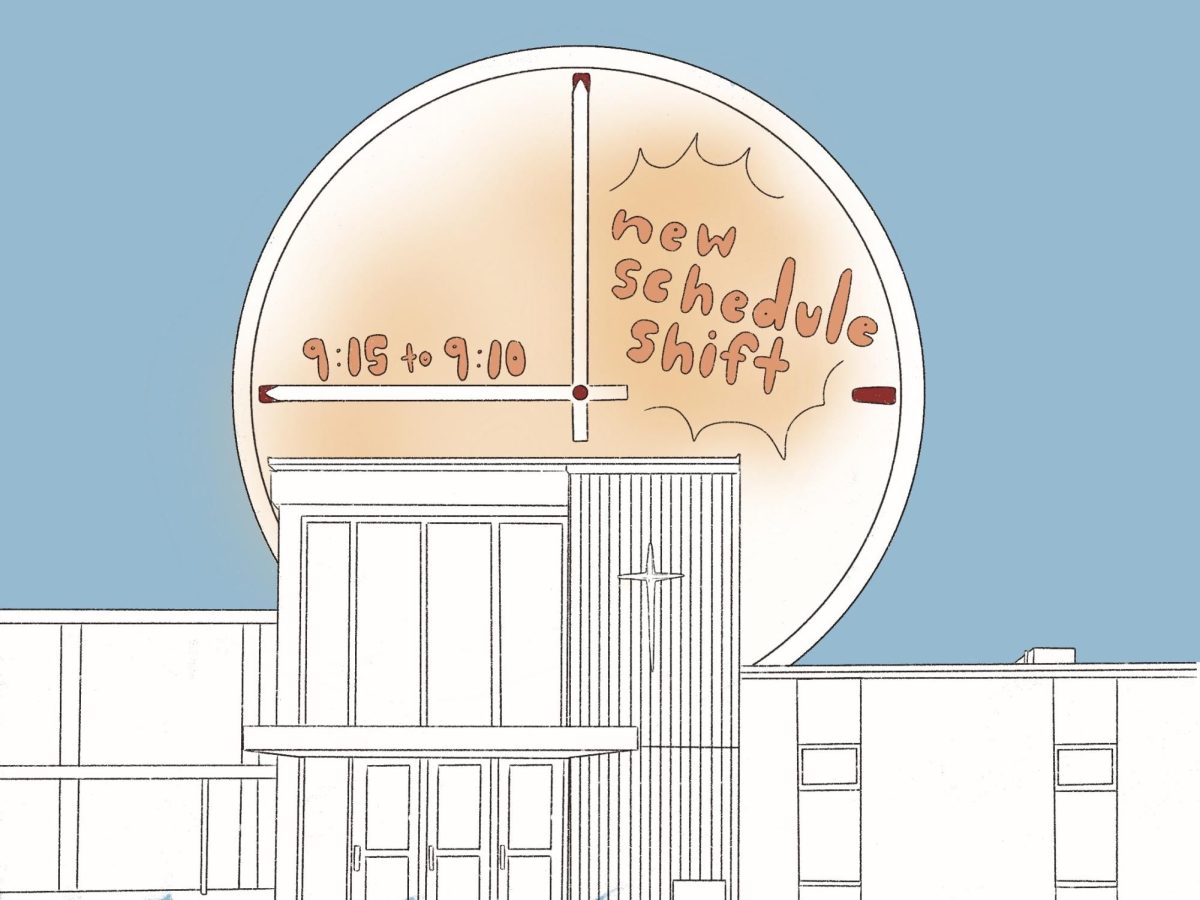
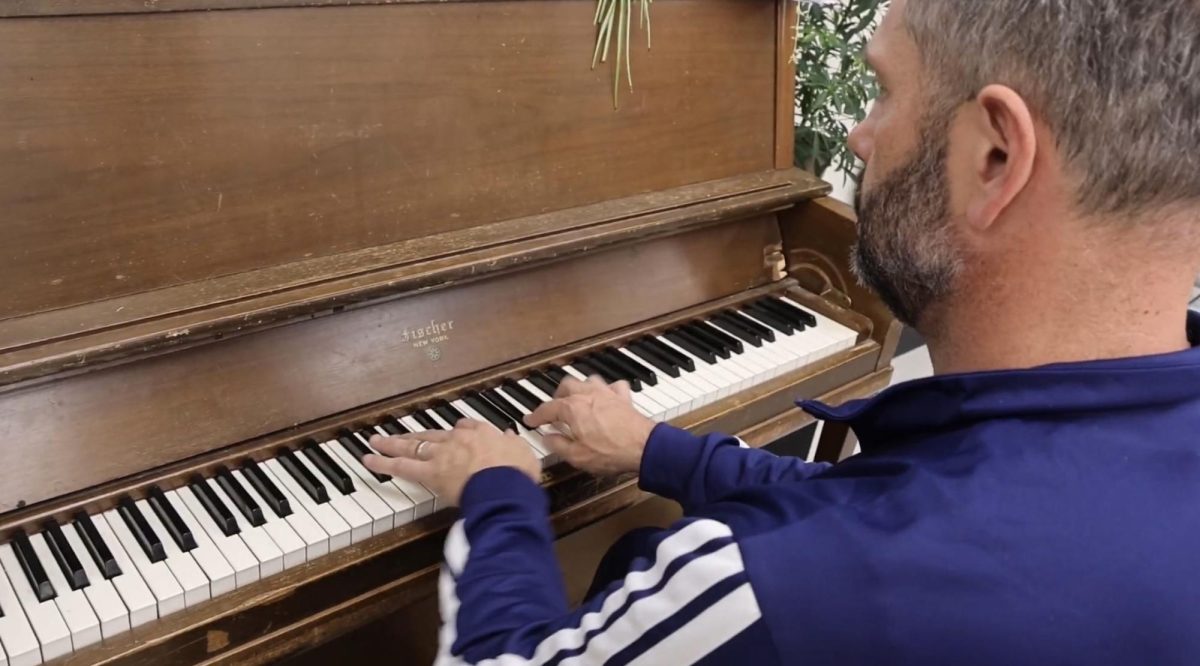
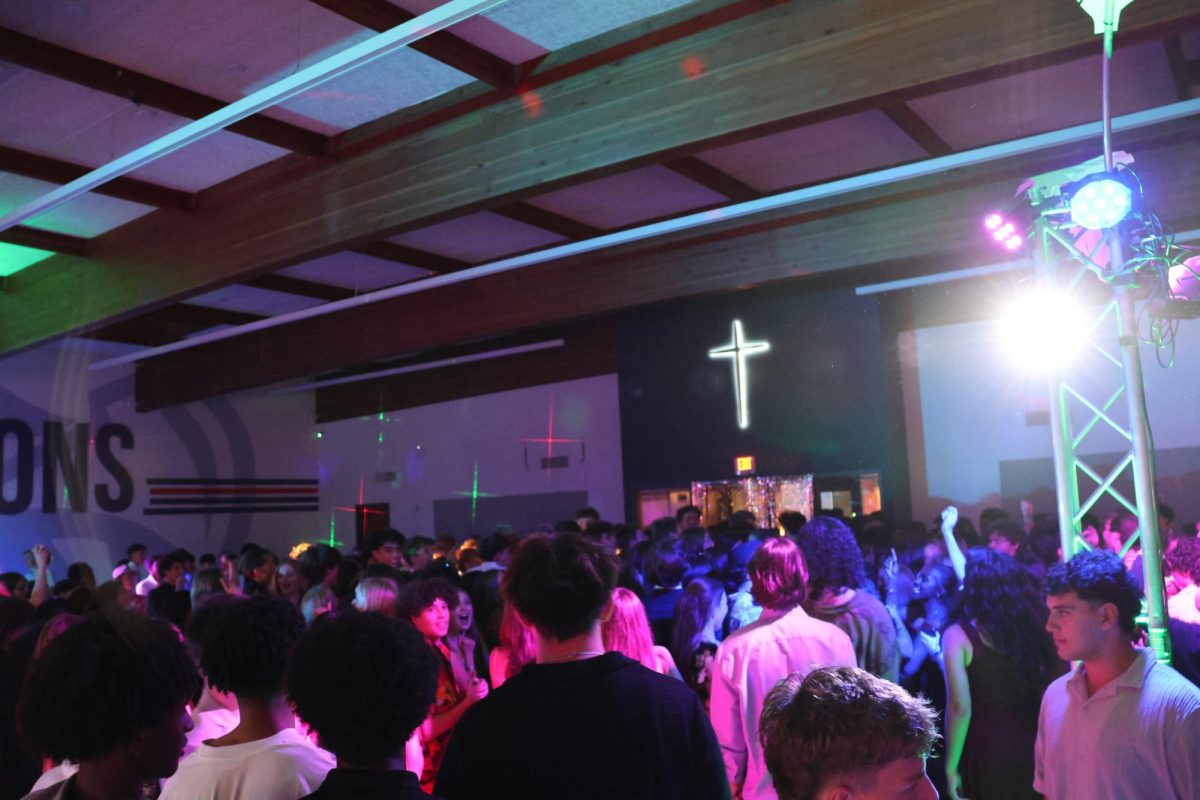
![Mr. Owen Furlong, the temporary Campus Safety Monitor, grew up near La Salle and described how Christ the King was “basically [his] backyard for a long time.”](https://lasallefalconer.com/wp-content/uploads/2025/10/115A2328-1200x800.jpeg)

Rejina Injety • Apr 4, 2024 at 12:29 pm
Ms. Gonzalez, this article about the border immersion trip was truly informative. Thank you for your thorough approach to reporting and the specific examples. So helpful to see things from different perspectives!